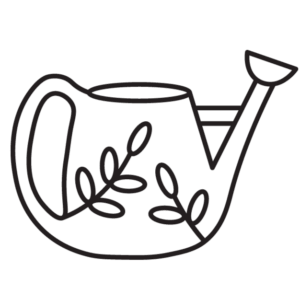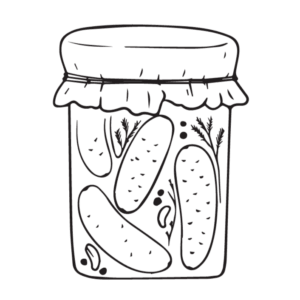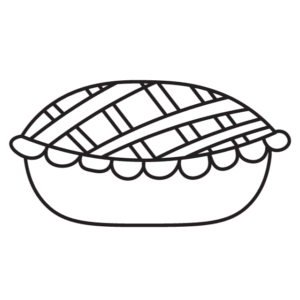Most commercial leave-in conditioners promise silky, hydrated hair but leave you with buildup, synthetic fragrances, and a scalp that’s begging for a reset. If you’ve ever scanned the ingredients list and wondered what half those words even mean, it might be time to take matters into your own hands. Literally.
Making your own leave-in conditioner at home isn’t just about ditching toxins. It’s about using real, nourishing ingredients that strengthen your hair from root to tip without weighing it down.
Let’s walk through the how, why, and what you’ll need.
Why Go DIY?
- Zero synthetic ingredients
- Budget-friendly: You’ll spend less than one bottle of salon stuff and get months’ worth
- Customizable for your hair type
- Smells fresh and natural (or unscented, if you prefer)
This recipe is water-based, so it’s light enough to use daily. Great for all hair types, especially curly, frizzy, or dry strands that need hydration without grease.
Basic DIY Leave-In Conditioner Spray
Ingredients:
- ½ cup distilled water (helps prevent mold and extends shelf life)
- 1 tablespoon aloe vera gel (hydrates, soothes scalp)
- 1 tablespoon vegetable glycerin or argan oil (moisture retention and shine)
- ½ teaspoon jojoba oil or sweet almond oil (lightweight and scalp-friendly)
- 5–10 drops essential oil (lavender, rosemary, or tea tree are great for hair health)
- Optional: 1 teaspoon leave-in conditioner base like conditioner from your shower stash (just a tiny bit to emulsify)
Tools:
- 8 oz spray bottle (glass or BPA-free plastic)
- Small funnel
- Measuring spoons
- Small whisk or spoon
How to Make It
- Add your water: Start by pouring the distilled water into your spray bottle using a funnel.
- Mix the oils: In a separate cup, mix aloe vera, oils, and glycerin until well combined.
- Combine: Pour your oil mixture into the bottle with the water.
- Add essential oils: If you’re using them, add them now.
- Shake it up: Close the lid tightly and shake the bottle for a good 30 seconds. You’ll want to shake it before each use, too, since oil and water don’t naturally stay mixed.
Best Essential Oils for Hair
- Lavender: Promotes growth and soothes the scalp
- Rosemary: Boosts circulation to follicles, helps strengthen
- Tea Tree: Antimicrobial and great for scalp health
- Peppermint: Cooling and stimulating
- Ylang Ylang: Great for dry or brittle hair
Stick to 5–10 drops total per batch so it’s not overpowering.
How to Use It
- Spray onto damp or towel-dried hair, focusing on mid-length to ends
- Comb through with fingers or a wide-tooth comb
- Let it air dry or style as usual
- You can also use it on dry hair to refresh curls or tame flyaways
Shelf Life and Storage
Because this recipe contains water and no preservatives, it’s best to use within 1–2 weeks and keep it in the fridge between uses. For longer shelf life (up to 2 months), you can add a natural preservative like Leucidal Liquid (made from fermented radish root) or opt for all-oil leave-in options.
If you’re using it daily and making small batches, refrigeration isn’t a big issue.
Variations by Hair Type
- Dry/Curly Hair: Add more aloe vera gel or a few extra drops of jojoba oil
- Fine Hair: Skip heavier oils and use just aloe + distilled water + a small drop of essential oil
- Frizzy Hair: Add 1 teaspoon of coconut milk for deep conditioning
- Itchy Scalp: Use tea tree and rosemary essential oils
A No-Oil Option (for super fine or oily hair)
If you’re worried about oils making your hair limp, try this ultra-light version:
- ¾ cup distilled water
- 2 tablespoons aloe vera
- 1 teaspoon apple cider vinegar (balances scalp pH)
- 5 drops peppermint or lavender essential oil
Shake well before each use. It’ll give you shine and moisture without the slick finish.
Final Thoughts
The beauty of homemade leave-in conditioner is that it respects your hair’s natural texture. No silicones, no residue, no overpowering perfumes. Just clean, effective hydration made with real ingredients you probably already have on hand.
You don’t need a cabinet full of fancy products. You need a spray bottle, a few pantry staples, and about five minutes.
If your hair could talk, it’d probably thank you.





